The number of drivers killed while under the influence of drugs has increased by 50%, according to The AA Charitable Trust.
Between 2022 and 2023, drivers killed under the influence of drugs jumped from 96 to 144 – the highest for five years.
The figures were revealed in the House of Lords on Thursday (January 16) by transport minister, Lord Hendy, in response to a question from the Lord Bishop of St Albans.
Edmund King, director of The AA Trust, said: “Traditionally our safety message to drivers has always been: if you are going to drive, don’t drink and if you are going to drink, don’t drive. But now it is essential to update that messaging to include drugs.
“A startling 50% increase in drivers killed under the influence of drugs is extremely worrying. We don’t want drivers to be in any doubt – drink, drugs and driving do not mix.”
Fleet decision-makers were issued with new drink and drug-driving guidance in November by the Association of Fleet Professionals (AFP).
The new advice was developed after data from the Department for Transport (DfT) showed both were becoming a growing problem.
Fleet News has previously revealed how the number of collisions attributed to drug driving has increased by 170% in less than a decade, while drug-driving crashes rose from 684 in 2014 to 1,853 in 2023, with fatalities linked to drug driving increasing by 164% over the same period, from 47 in 2014 to 124 in 2023.
King continued: “The police now have effective ways to test drivers for the presence of drugs at the roadside, but these figures show that too many drivers are dicing with drugs and death.
“Police now commonly use drug wipes known as ‘drugalysers’ at the roadside to check for cannabis and cocaine.
“The testing kit uses a mouth swab to check for the presence of drugs and a blue line appears if the person has taken them.
“We need drivers and their passengers to be well aware that drugs and driving don’t mix and when it comes to drugs or drink when driving, the best advice is none for the road.”
The police advise it's an offence to drive with any of 17 controlled drugs above a specified level in your blood. This includes illegal and legally prescribed drugs.
Limits set for each drug are different, and for illegal drugs the limits set are extremely low. They aren't zero to rule out any accidental exposure (e.g. from passive smoking).
For best practice advice from Fleet News, read ‘Drug-driving: tackling a growing menace among fleets’.



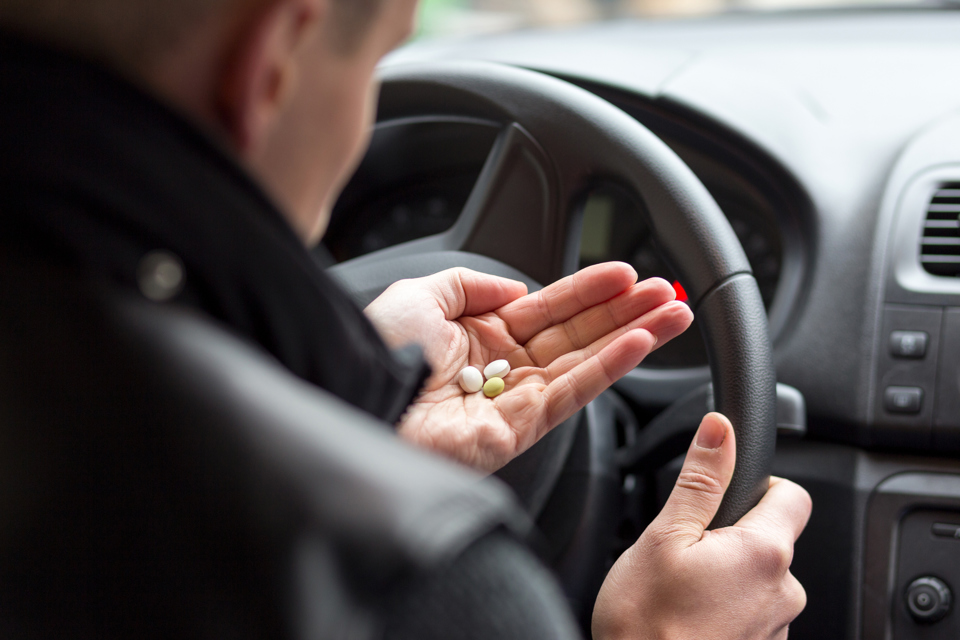





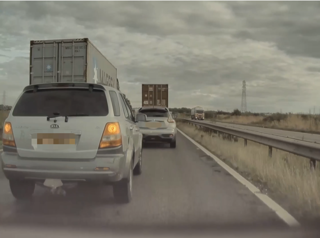
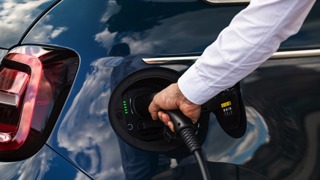

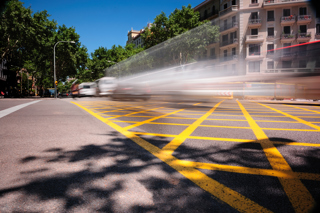


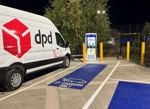









Login to comment
Comments
No comments have been made yet.